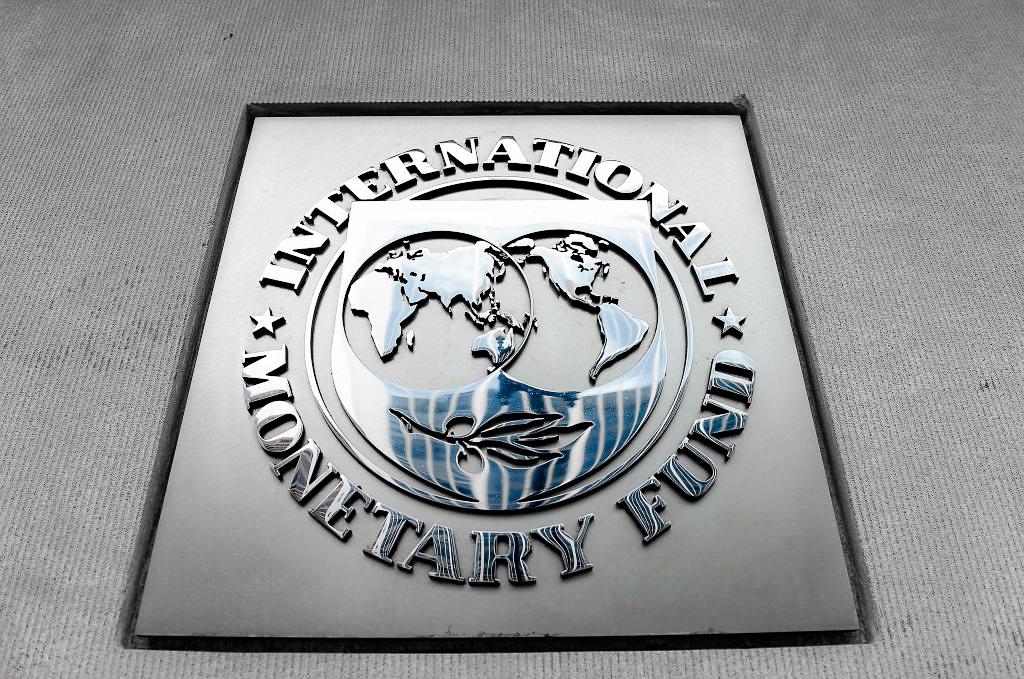Builder sentiment in the United States fell in February on a monthly basis amid worries about elevated housing costs and the impact of potential tariffs on the sector, according to the National Association of Home Builders (NAHB).
NAHB chair Carl Harris said that uncertainty regarding tariff policies has pushed “builders’ expectations for future sales volume down to the lowest level since December 2023.”
Trump has imposed a 25 percent tariff on aluminum and steel imports. Last week, he signed a plan to institute reciprocal tariffs on nations trading with the United States.
“With 32 percent of appliances and 30 percent of softwood lumber coming from international trade, uncertainty over the scale and scope of tariffs has builders further concerned about costs,’’ said NAHB Chief Economist Robert Dietz.
“Reflecting this outlook, builder responses collected prior to a pause for the proposed tariffs on goods from Canada and Mexico yielded a lower HMI reading of 38.”
However, builder responses collected after the one-month tariff pause announcement had a higher score of 44, suggesting improved sentiment.
In addition to tariffs, high housing costs contribute to negative sentiment among builders, as they discourage prospective buyers from purchasing a property, dampening sales.
According to data from the Federal Reserve Bank of St. Louis, the average sales price of homes sold in the United States during the first quarter of 2020 was $383,000, but it jumped by more than 33 percent to $510,300 by the fourth quarter of 2024.
Rising Costs and Rates
The Associated Builders and Contractors (ABC) said, citing data from the U.S. Bureau of Labor Statistics, that prices of construction inputs rose by 1.4 percent in January from December. Year-over-year, prices are up by 1.3 percent.ABC Chief Economist Anirban Basu said that construction material prices rose at the fastest monthly pace in two years last month.
He attributed this to several factors, including a sharp rise in energy prices and a rush to buy inputs before potential tariffs take effect.
“Of these three factors, tariffs are the only one that could continue to push input prices higher in the coming months,” Basu said. “Import taxes allow domestic producers to raise their prices, and the new 25 percent levies on steel and aluminum will result in just that if they remain in place.
“A strong majority of contractors expect their sales to increase over the next six months. The combination of increased demand for construction inputs and ongoing supply chain confusion suggests input price escalation could accelerate through the first half of 2025.”
The bank expects home prices to increase by 3 percent this year, with mortgage rates also remaining elevated.
“The situation is not going to change until we get mortgage rates back down toward 5 percent, or even lower,” said John Sim, head of securitized products research at JP Morgan. “And we aren’t forecasting mortgage rates to breach 6 percent in 2025—they should ease only slightly to 6.7 percent by the year-end.”
Based on this forecast, demand for housing in the United States “looks set to remain at exceptionally low levels,” the report said.







